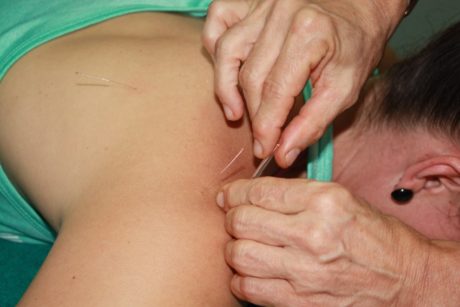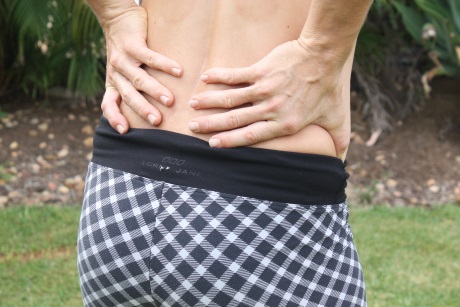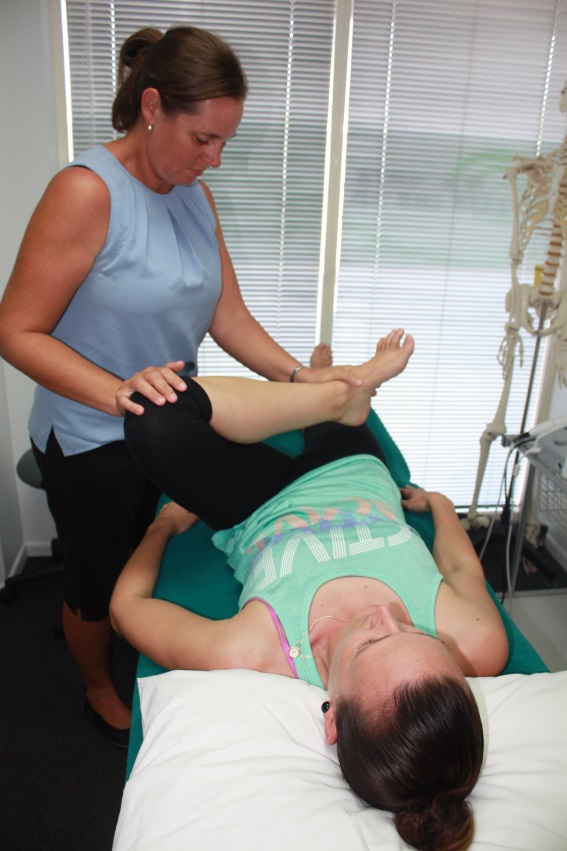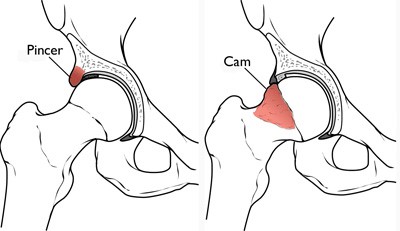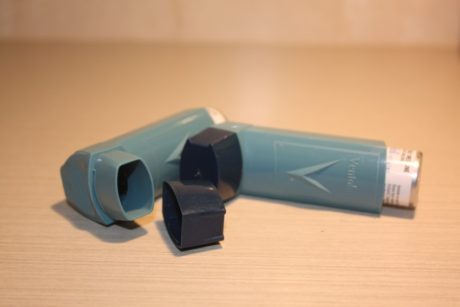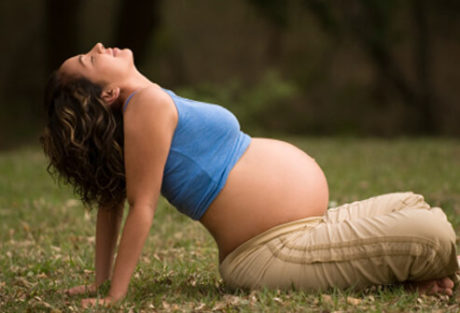What is Dry Needling?
Dry needling is a well-recognized physiotherapy technique used to treat myofascial trigger points, which are hyper-irritable spots in skeletal muscles.
It is a procedure where a fine needle is inserted into the trigger points and the main goal is to achieve muscle relaxation.
Active trigger points trigger local or referred pain and can also mimic nerve damage. It can be directly associated with weakness, decreased flexibility and irritability of the muscle. A muscle with trigger points cannot function optimally. A muscle with trigger points cannot be strengthened to its maximum capacity. It results in constant discomfort, preventing you from performing normal activities of daily living.
Dry needling is not a stand-alone treatment and is used in combination with joint mobilization techniques, stretching and soft tissue mobilization.
The effects of dry needling are instant; however, patients respond differently to treatment. Some might experience treatment discomfort within the first 24 hours, but their pain will be relieved.
Dry needling is useful for a list of conditions, such as:
• Headaches
• Sports recovery
• Neck pain
• Back pain
Pain left unattended can lead to long term joint and muscle dysfunction. Book your appointment today and have your therapist discuss a management plan that suits you.
Physiotherapist – by Whitney Van Wyk
Call us to make an appointment! Whitney and Jodie both do dry needling.

